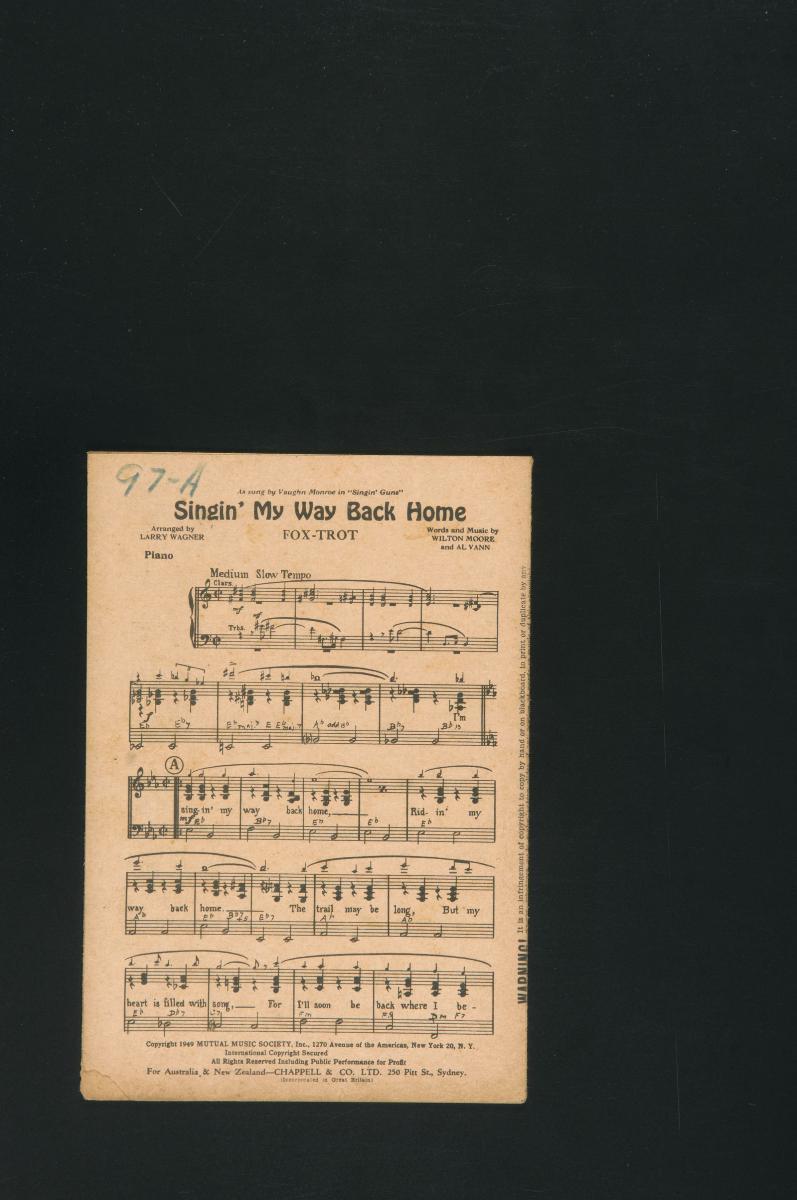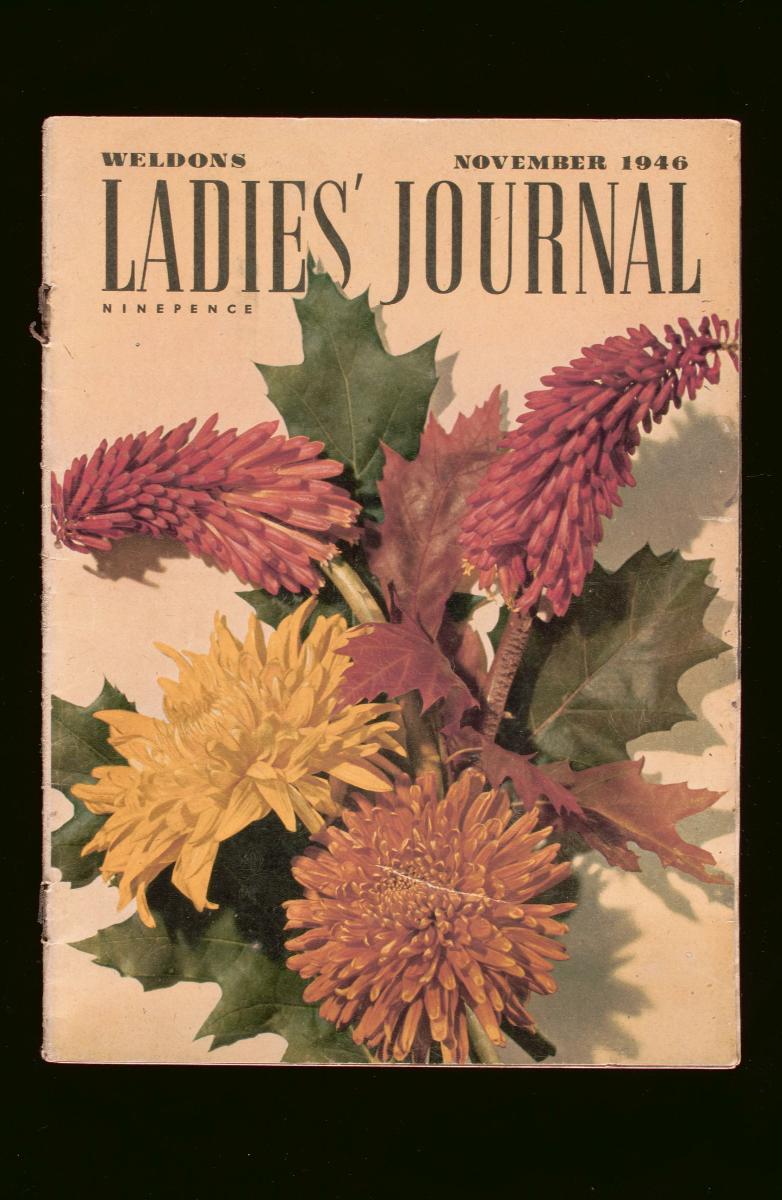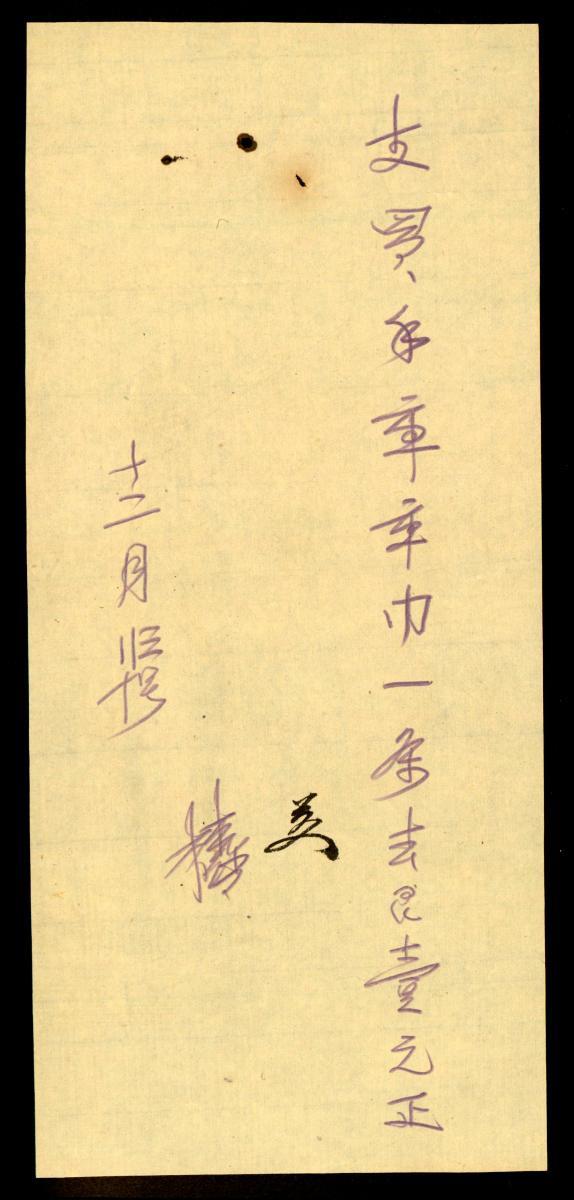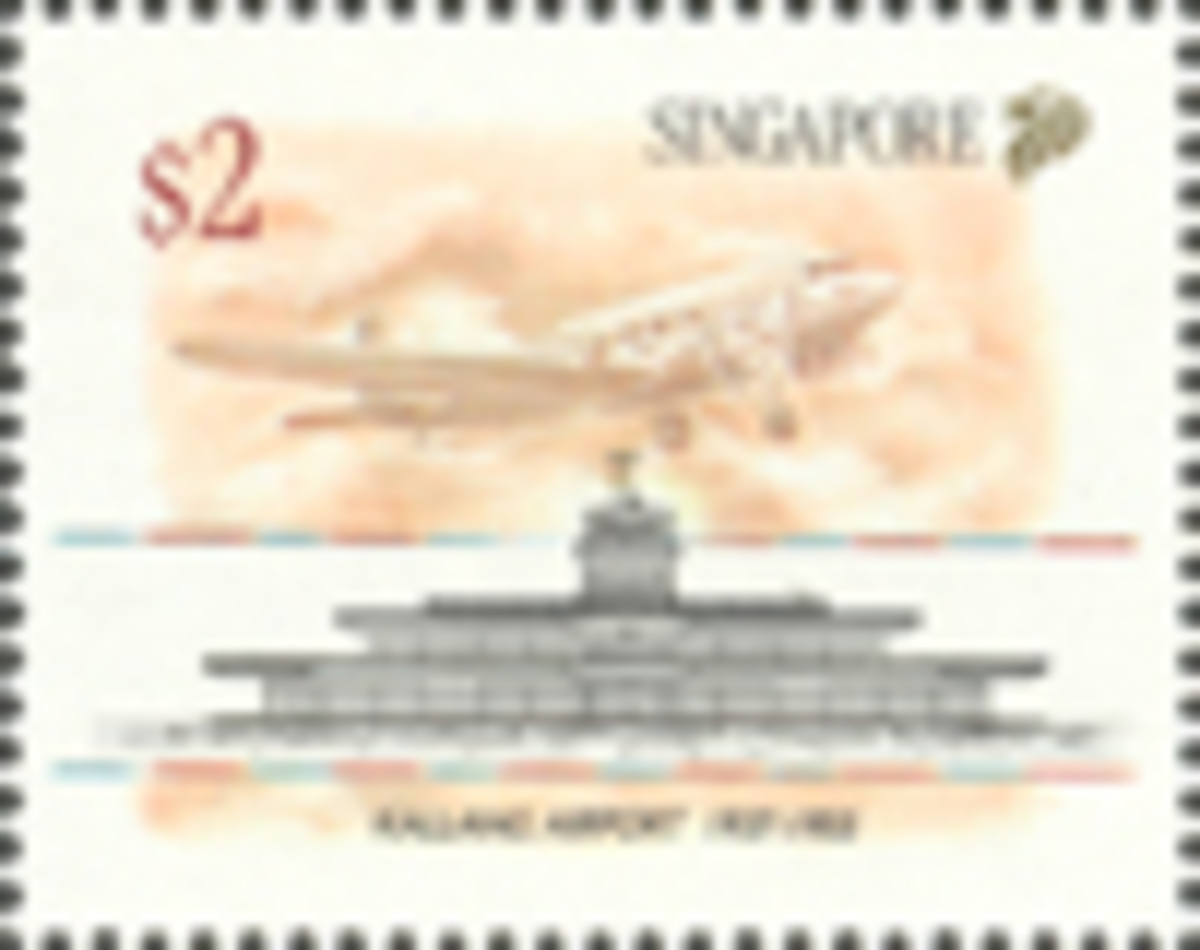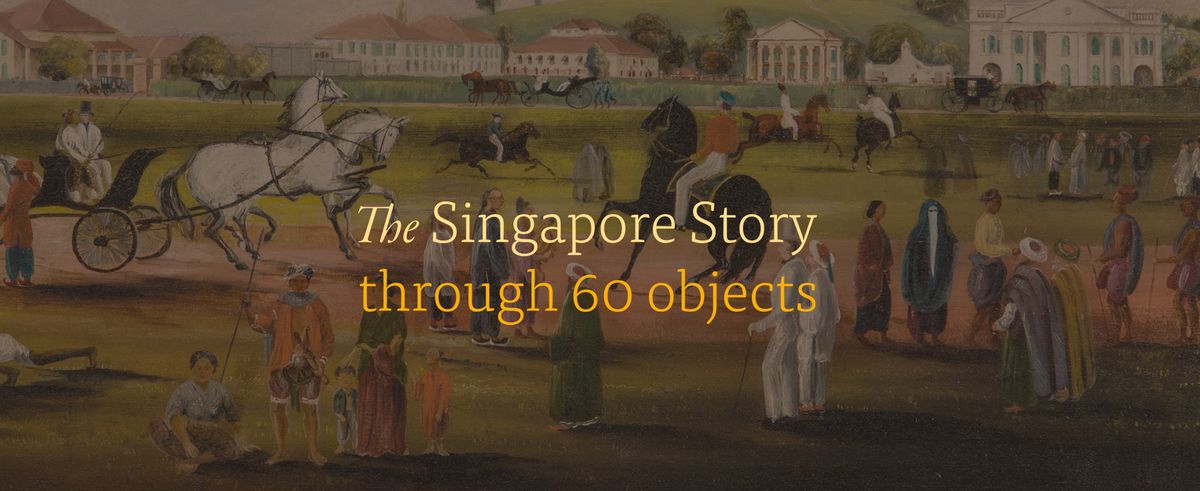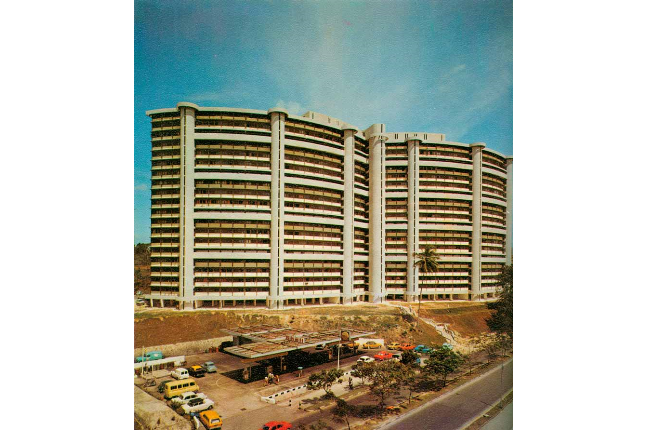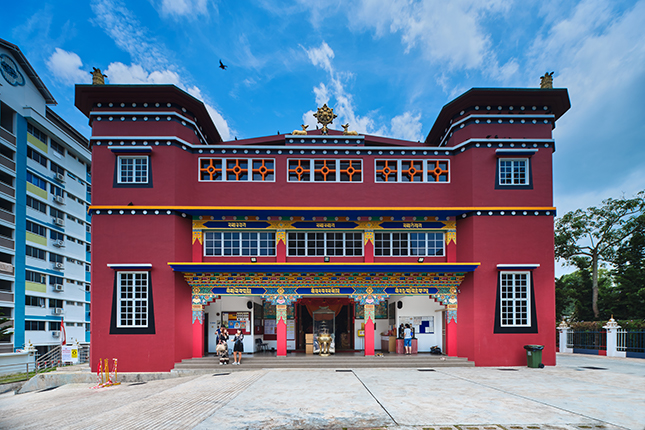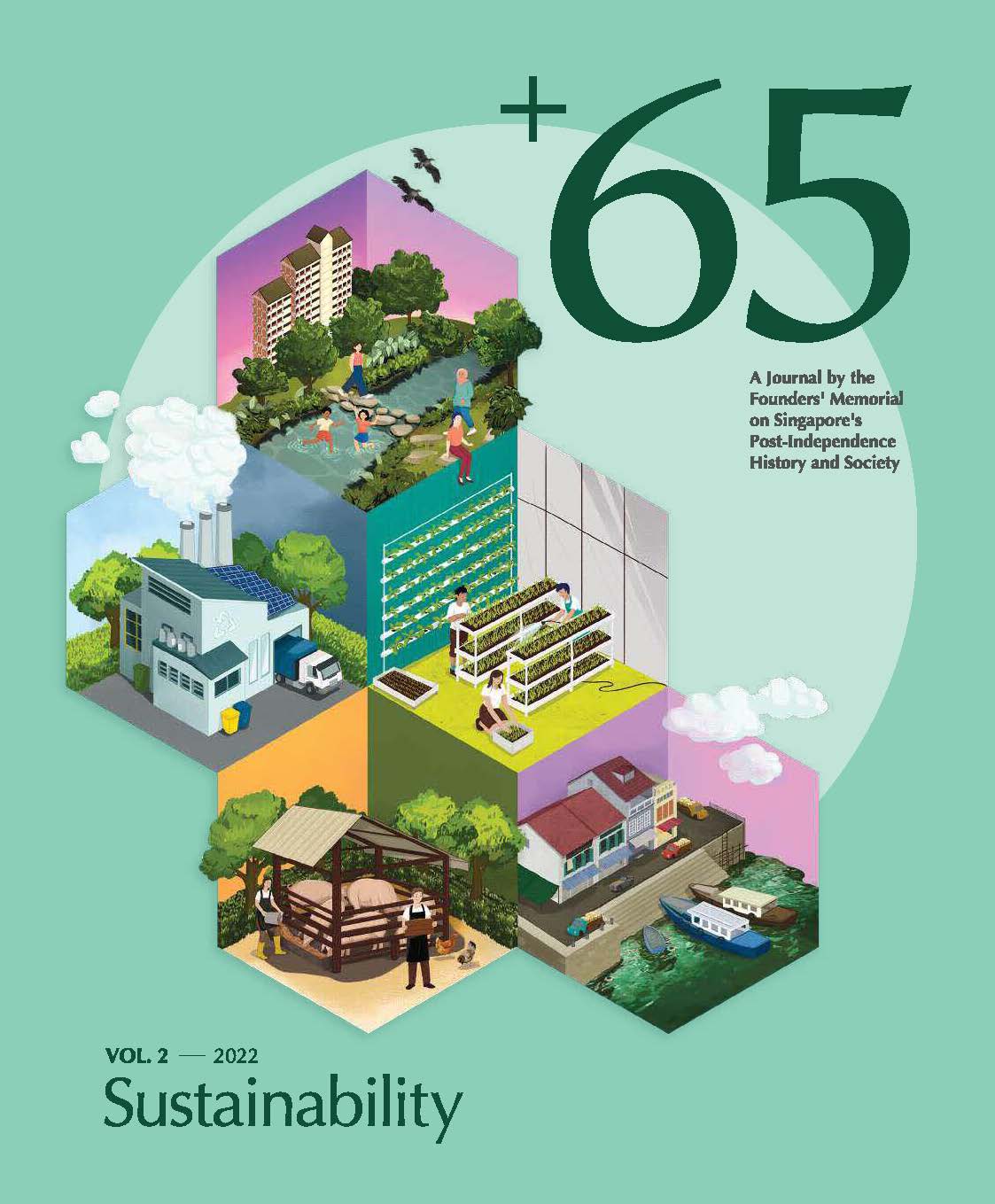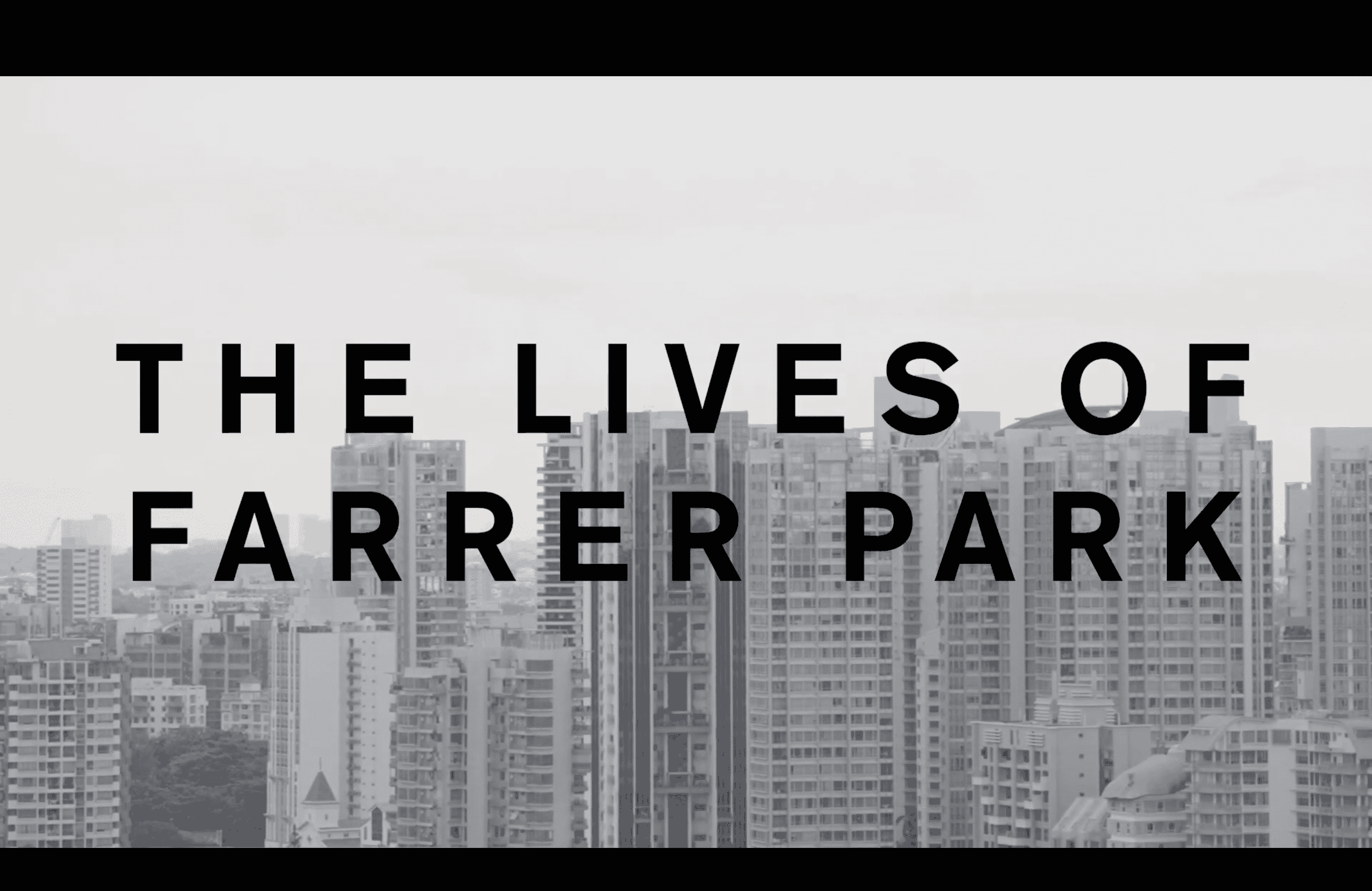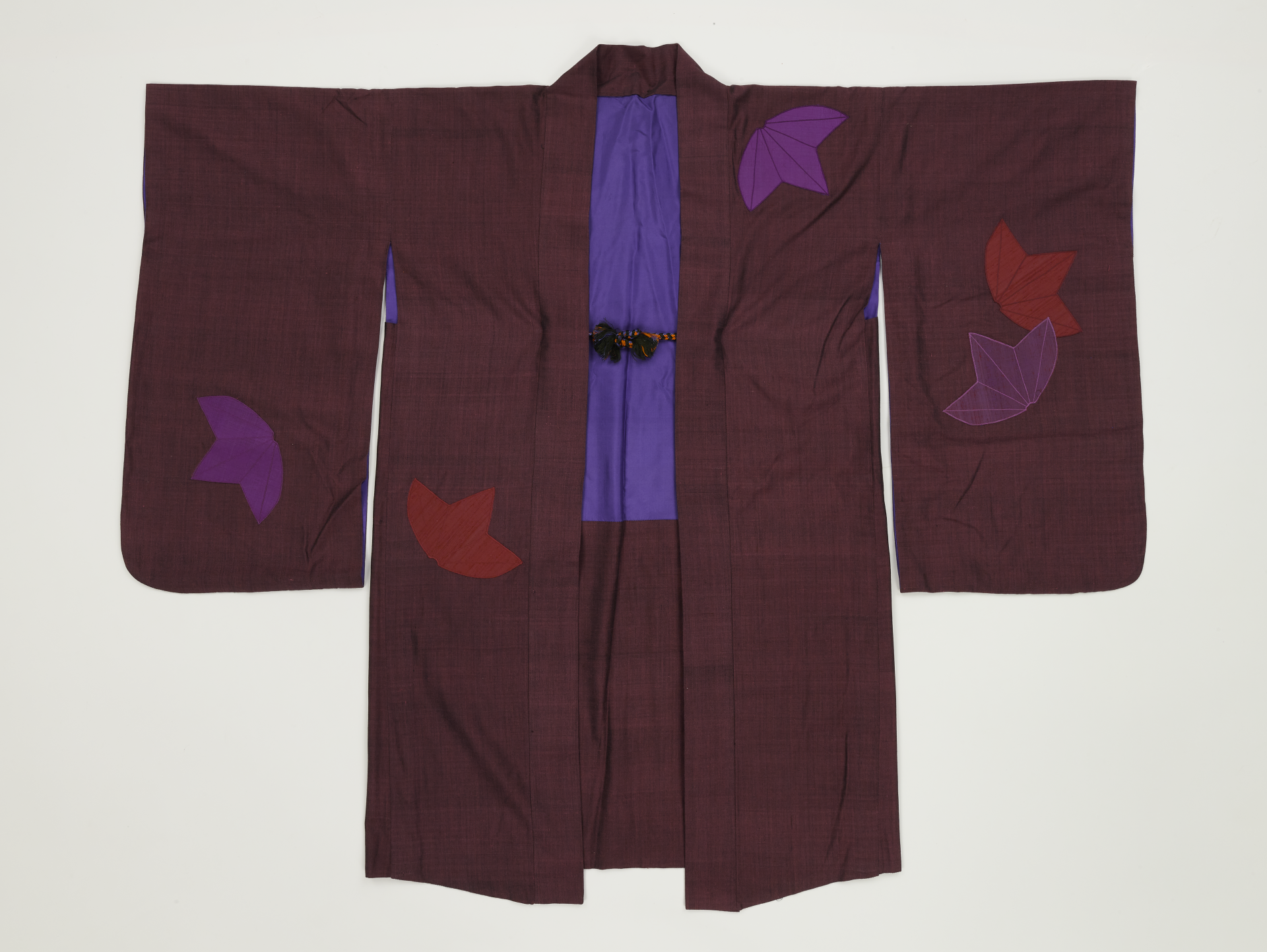Cheong Soo Pieng was born in Xiamen, China in 1917 where he attended the Xiamen Academy of Fine Art and subsequently the Xin Hua Academy of Fine Art in Shanghai. Following the outbreak of the second world war, he moved to Singapore in 1946 where he found employment at the Nanyang Academy of Fine Arts (teaching from 1947-1961) where his old teacher, Lim Hak Tai, was Principal. Cheong dedicated himself to the depiction of his new surroundings, and found great inspiration from the people and culture of Southeast Asia. Travelling around the region, he captured many iconic scenes as he developed a distinctive artistic style that synthesised Western and Eastern mediums and techniques. A seminal trip to Indonesia, most notably to Bali, in 1952 with contemporaries Liu Kang, Chen Wen Hsi, and Chen Chong Swee served as a critical wellspring for artistic creativity. The works by Cheong and his contemporaries have become synonymous with the developmental narrative of modern art in Singapore and the emergence of a distinctive ‘Nanyang’ style. Following Cheong’s trip to Bali in 1952, he made a subsequent trip to the region of Sarawak in 1959, and was captivated by the unique cultural activities of various indigenous tribes of Dayak people in Sarawak. He produced many sketches during this trip which would form the basis of many future compositions. This work provides further evidence of Cheong’s attention to the cultural specificity of his subjects. Here, he captures distinctive markers of material culture from the stretched earlobes and accompanying accessories of the sitter, to her batik sarong and her headband. It is also during this period that Cheong began confidently experimenting with the medium of ink and paper - working with a vertical compositional format that he would continue with earnest into the early 1960s. This work demonstrates Cheong’s ease with the medium of ink and paper, as well as his adept ability in Western line drawing applied with gouache and watercolour techniques. The flatness in compositional depth also provides the work with a distinctively modern aesthetic.





